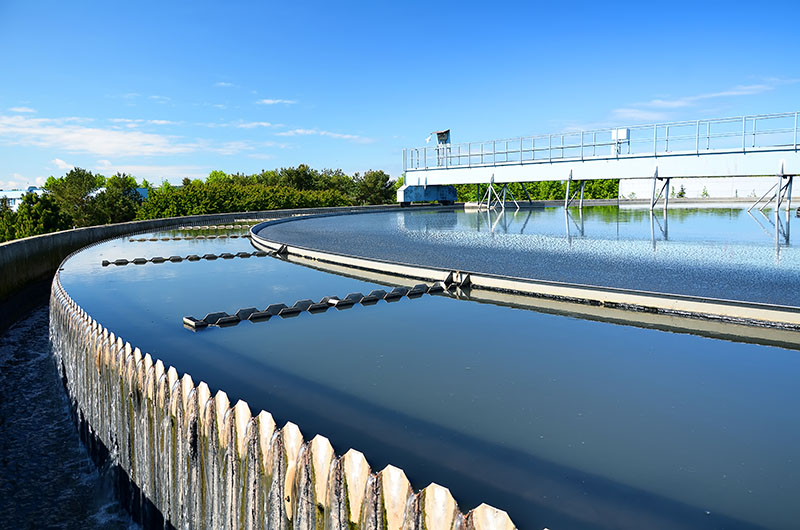Application of fly ash in wastewater treatment

Fly ash is the most common waste from coal-fired power plants. According to statistics, the annual output of fly ash has exceeded 600 million tons, and it will increase to 9.3 billion tons in 2024. At present, the main method of fly ash disposal is landfill, which not only occupies a large amount of land resources, but also causes environmental cycle interruption, serious water and soil hazards and air pollution. In addition, the unburned organic polycyclic aromatic hydrocarbons and inorganic minerals in coal will affect the human DNA repair mechanism by forming active organic species; fine particles of fly ash enter the human body through the respiratory system, which will also pose a serious threat to health. Finding a suitable disposal site, long-term maintenance costs, inefficient land development and utilization, and adverse effects on the environment are important factors hindering the disposal of fly ash. Therefore, the stockpiling of a large amount of fly ash has become a dual burden on the environment and the economy.
In recent years, many researchers have been committed to the effective use of fly ash in various fields in order to reduce the environmental burden and improve economic benefits. For example, the synthesis of zeolite, the preparation of mesoporous dioxygen Silicon dioxide materials; used as adsorbents to capture toxic and hazardous substances such as CO2, SO2, NOx and mercury; prepared fly ash-based geopolymers and recovered valuable metals. At present, the world is facing a water shortage problem caused by partially treated or untreated wastewater and groundwater pollution caused by industrial emissions. In order to meet the sustainable development needs of society, the demand for clean water is increasing. With the increasing attention paid to the development of efficient and inexpensive water treatment methods, the application research of fly ash as a low-cost adsorbent in the field of wastewater treatment is also increasing. The author aims to systematically summarize and summarize the relevant research on fly ash as an efficient and inexpensive adsorbent, coagulant, filter, catalyst and catalyst carrier in recent years for wastewater treatment in different ways, and on this basis, put forward some insights on the application of fly ash in the field of wastewater treatment, hoping to promote the development of fly ash composite materials and provide a certain guidance and reference for the recycling of industrial solid waste.
The application of fly ash in the field of wastewater treatment adopts the strategy of treating waste with waste, which can solve the dual problems of environment and economy to a certain extent. It mainly realizes wastewater treatment through raw ash, modification, conversion materials (such as zeolite, membrane filter, etc.) and composite materials. The adsorption capacity, filtration performance, photocatalytic performance and Fenton activity of different fly ashes vary greatly. The chemical composition of fly ash can be adjusted to the required content through pretreatment methods such as acid, alkali or heat treatment.
(1) The adsorption capacity of fly ash is related to its composition. In order to improve the removal efficiency of pollutants, different methods need to be used to chemically modify fly ash. =Properties.
(2) Fly ash-based ceramic filtration membranes are inexpensive, have good hydrophilicity, and have low sintering temperatures. In addition to having high filtration potential, they also have high adsorption capacity, which can be used to develop low-cost ceramic membranes and expand the application of fly ash in water treatment.
(3) Fly ash-based photocatalysts are environmentally friendly and low-cost photocatalysts. In photocatalytic reactions, fly ash provides a cheap alternative to various dopants and supporting materials.
(4) Iron-rich fly ash has new application prospects in the Fenton method for removing wastewater pollutants. Recycling fly ash can provide economic benefits for the development of environmentally friendly Fenton catalysts.
